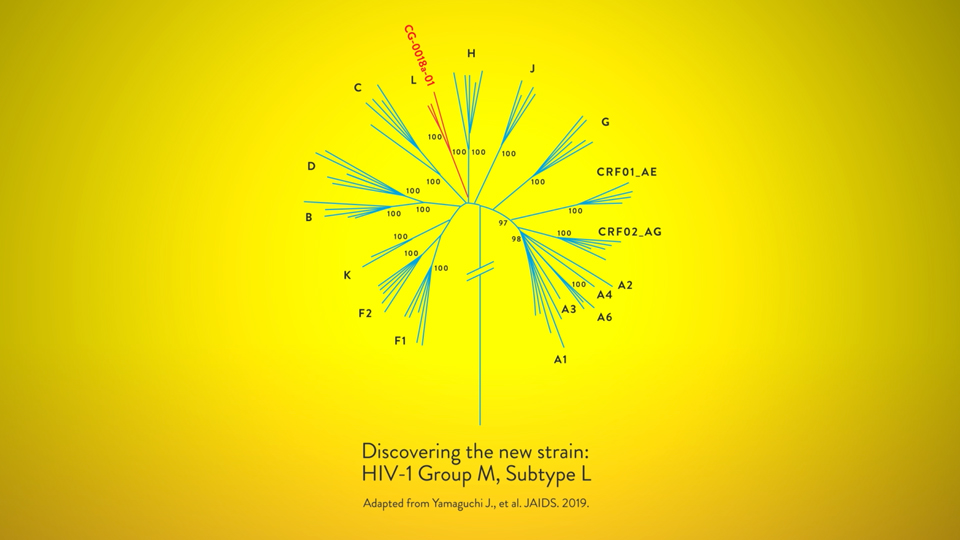Q&A: Discovery of new HIV strain a reminder of challenging pandemic
Researchers recently discovered a new strain of HIV from patient samples collected in 1983, 1990 and 2001 in the Democratic Republic of the Congo, or DRC.
Infectious Disease News spoke with Mary A. Rodgers, PhD, a scientist at Abbott Laboratories, which announced the discovery, about the new strain and what doctors need to know about it. – by Marley Ghizzone
Q: What is the HIV-1 subtype L?
A: Abbott announced the discovery of a new strain of HIV called HIV-1 Group M, subtype L. This new strain is a part of the major group of HIV, called Group M, which is responsible for more than 90% of the pandemic and has been traced back to the DRC.

Q: How did you find it?
A: To determine whether an unusual virus is in fact a new HIV subtype, three cases must be discovered independently. The first two samples of this subtype were discovered in the DRC in the 1980s and the 1990s. The third, collected in 2001, was difficult to sequence at that time because of the amount of virus in the sample and the existing technology. Today, next-generation sequencing technology allows researchers to build an entire genome at higher speeds and lower costs. Abbott scientists had to develop and apply new techniques, along with generation sequencing technology, to help narrow in on the virus portion of the sample to fully sequence and complete the genome. Abbott’s technique lowered the amount of virus needed to get a complete genome.
Q: How many people have it?
A: Three cases have been found to date.
Q: Is it more or less dangerous than other strains?
A: Subtype L is a part of HIV-1 Group M. HIV-1 infections are most common worldwide. Of the four HIV-1 groups, Group M is the “major” group and responsible for the global HIV pandemic. This discovery reminds us that to end the HIV pandemic, we must continue to outthink this virus and use the latest advancements in technology and resources to understand its full scope and how the virus could continue to mutate.
Q: What do doctors need to know?
A: Abbott is making this new strain available to the research community to evaluate its impact on diagnostic testing, treatments and potential vaccines. Given that subtype L is part of the major group of HIV, Group M, I would expect current treatments to work with it.
Reference:
Yamaguchi J, et al. J Acquir Immune Defic Syndr. 2019;doi:10.1097/QAI.0000000000002246.
Disclosures: Rodgers is employed by Abbott.
